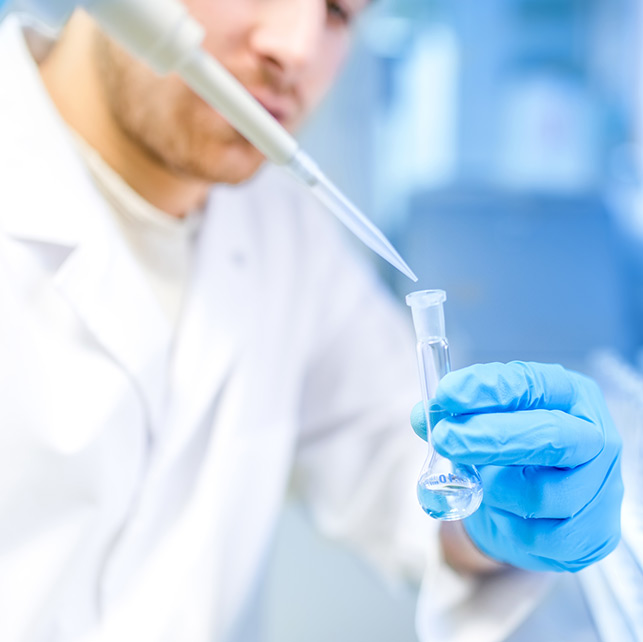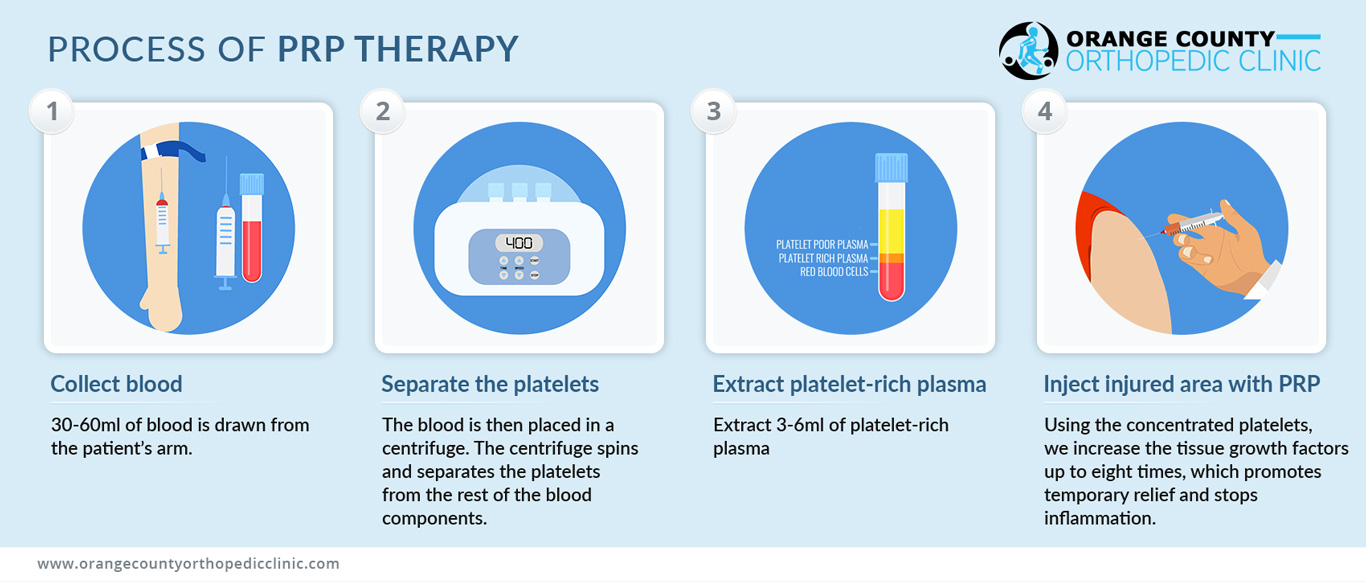
Many professional athletes have turned to orthopedic injections in recent years to promote the healing of injured tendons, muscle sprains, and soft tissues. It’s a unique therapy that may also benefit others dealing with similar injuries, especially those that are slow to heal. This approach involves the use of a patient’s own blood to promote healing and supplement typical remedies involving medication and physical therapy.
What are Orthopedic Injections?
Orthopedic injections utilize the protein-containing growth factors in blood, which also have well-known clotting abilities, to facilitate healing. This therapy involves the use of injections with higher concentration of growth factors than what is within blood naturally. Preparation starts with the drawing of blood from the patient. Through a special process called centrifugation, growth factors are separated from blood cells. and the resulting mixture is injected into the affected area. Treatments can also take place during surgery to improve post-surgery healing and recovery.
Conditions Treated with Orthopedic Injections
This therapy appears to work well when used to speed the healing of chronic soft tissue injuries, such as tennis elbow and jumper’s knee, an inflammation of the patellar tendon. While this therapy has attracted attention for its use for ligament and muscle injuries in athletes, it may also be used to facilitate the healing of:
Hamstring pulls
Knee sprains
Knee arthritis
Rotator cuff tears
Fractures
Targeting Troubled Cells

Orthopedic injections have shown promise when used to stimulate the healing of injuries where cells have difficulty with the natural healing process that normally occurs within cells, as is often the case with conditions like tendinitis that are usually slow to heal. It’s not yet known why an added concentration of protein-infused growth factors seems to encourage cells to heal.
Growth factors have unique biological features that aid in tissue repair and regeneration. The core concept of orthopedic injections is that an increase in these factors encourages healing by enhancing these unique regeneration qualities.
Treating Chronic Conditions
Orthopedic injections generally aren’t used for conditions that often heal quickly with little or no intervention. These procedures are, however, being used to encourage healing with a growing list of chronic conditions beyond sports-related injuries to include:
- Back and neck injuries
- Ankle sprains
- pelvic pain and instability
Increasing Patient Safety
Possible inflammatory side effects associated with orthopedic injections are reduced when pure mixtures are used. Since a patient’s own blood is used, there is also a lower risk of allergic reactions and transmissible infections. It’s a procedure that typically takes a few hours when preparation of the mixture and recovery time following administration of the injections are consideration.
Studies are being conducted to determine the overall effectiveness of orthopedic injections. Ideal candidates for the treatment are those that are generally in good health with no significant underlying medical conditions that may make healing difficult, such as diabetes. This approach tends to be more effective for chronic tendon injuries. As an added benefit, the risks associated are minimal.


on caring for specific orthopedic needs.
